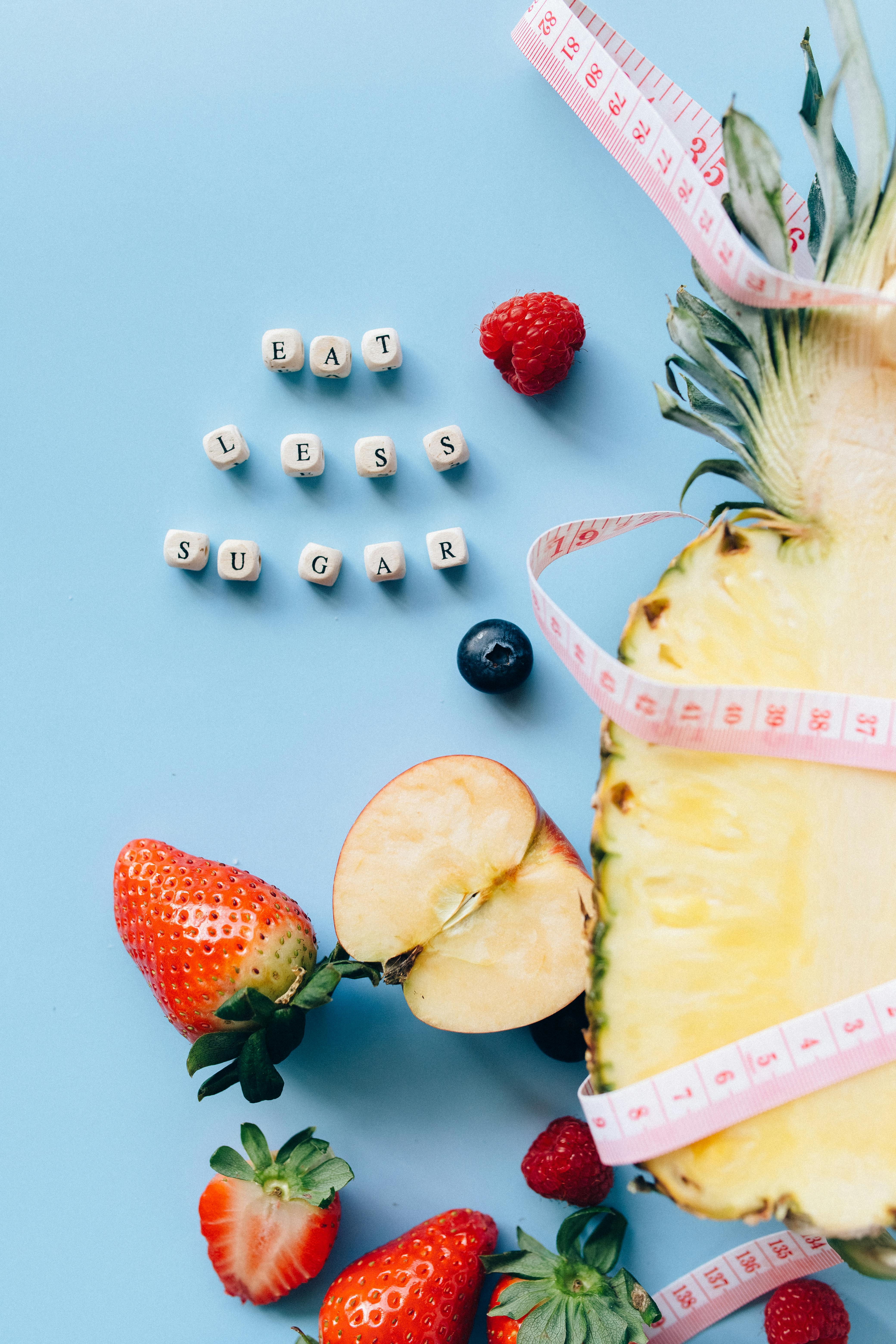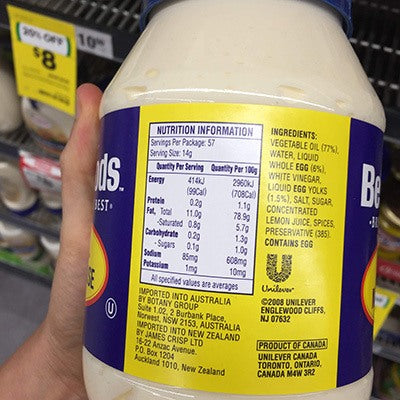
Smart Ways to Optimize Your Colostomy Diet Menu in 2025
Living with a colostomy can present unique dietary challenges, particularly as you seek to ensure your nutrition and maintain digestive health. A well-structured colostomy diet plays a vital role in promoting recovery and enhancing your overall well-being. Understanding how to navigate your diet effectively can lead not only to improved health outcomes but also to a more enjoyable dining experience. This article will explore essential strategies to curate a colostomy meal plan that emphasizes nutrient-rich options, food compatibility, and sustainable dietary practices tailored to the unique needs of colostomy patients.
In this guide, we will cover crucial colostomy nutrition topics, including foods to eat after colostomy surgery, post-operative dietary guidelines, hydration strategies, and cooking tips that accommodate colostomy living. Additionally, we will highlight essential vitamins and minerals that support digestive wellness, as well as practical approaches to meal planning and preparation that suit individuals with a colostomy. By the end of this article, you will have a comprehensive understanding of how to optimize your colostomy diet in 2025.
Key takeaways include the importance of manageable portion sizes, the role of hydration in a colostomy diet, and how to identify and incorporate colostomy-friendly ingredients into your meals.
Essential Guidelines for Crafting a Colostomy Meal Plan
Building a personalized colostomy meal plan involves understanding your dietary needs while aligning with recommended colostomy nutrition guidelines. Adopting a low-residue diet is often suggested for new colostomy patients to help in the healing process. This approach minimizes the amount of undigested food moving through the digestive tract, aiding in a smoother adjustment to a colostomy.
Key aspects of your colostomy meal plan include focusing on soft foods that are easy to digest, while ensuring a balance of carbohydrates, proteins, and healthy fats. Attention to portion control is paramount, as excessive amounts of food can lead to complications. For instance, enjoying smaller, more frequent meals not only contributes to easier digestion but can also help reduce gas and odor—common concerns among colostomy patients.
Incorporating hydrating foods is another important aspect. Foods with high water content can significantly assist in maintaining hydration levels, especially when you are adjusting to your new dietary routine. Consider fruits like watermelon and cucumbers, or hydrating soups, to add both flavor and moisture to your meals.
Additionally, personalized food trials can help determine which foods work best for your digestive system. Each person's experience post-surgery can vary, and understanding the specific food tolerances you have will aid in creating a comforting and effective colostomy meal plan.
By accumulating these essential dietary elements, you can cultivate balanced meals that contribute positively to your colostomy health.
Foods to Embrace and Avoid After Colostomy Surgery
When constructing your colostomy diet menu, knowing which foods are beneficial and which should be avoided is vital. Foods to embrace include easily digestible carbohydrates such as white rice, mashed potatoes, and oatmeal, which are gentle on the digestive system and help to establish a solid base for hydration and nutrition.
Protein-rich foods such as fish, eggs, and chicken can also be incorporated for healing and strength. These proteins support tissue repair and recovery following surgery. Moreover, exploring options such as smooth peanut butter or plain yogurt can provide both protein and a source of healthy fats without overwhelming your digestive system.
However, there are food restrictions to consider. Foods that are high in fiber, such as nuts, seeds, and raw vegetables, might pose challenges—especially in the initial stages post-surgery. High-fiber foods can create blockages or discomfort, so it’s recommended to gradually reintroduce them as you adjust to your new diet. Moreover, spicy foods and carbonated drinks may also contribute to gas and irritation.
The importance of understanding your colostomy food compatibility cannot be overstated. Keeping a food diary can help track reactions to various foods, enabling you to make informed decisions about your dietary options. This also allows for adjusting your colostomy meal plan based on feedback from your body.
As you transition through different stages of recovery, incorporate foods that enhance comfort while supporting nutritional goals. This balance between enjoyment and health will contribute to a more favorable eating experience in your daily life.
Hydration Strategies for Optimal Colostomy Health
Proper hydration is crucial in maintaining digestive health, especially following a colostomy operation. The digestibility of foods can be significantly improved when a patient adheres to hydration strategies. Drinking adequate fluids, primarily water, helps keep stool consistency appropriate and aids digestion.
In addition to water, consider other hydrating options that add flavor and nutrients. Soups, broths, and herbal teas are excellent companions to your colostomy diet, as they provide hydration without overwhelming your digestive system. You can also explore smoothies made from low-fiber fruits, which can help achieve hydration and nutrient intake simultaneously.
Another key recommendation is to consume hydrating foods like cucumbers, tomatoes, and oranges in your meals or as snacks. These foods are not only refreshing but also contribute to overall hydration needs, making them ideal choices post-surgery.
A good practice is to adopt meal frequency strategies that allow you to combine hydration with nutrients. Drinking small amounts of water throughout the day, rather than large quantities all at once, ensures a steady intake without overwhelming your system during mealtime.
Stay mindful of potential electrolyte imbalances that can arise with varying hydration levels. Electrolyte-rich beverages can support recovery and digestive wellness, especially when you're adjusting to a colostomy diet. By prioritizing hydration and being attentive to how your body responds, you can optimize your well-being as you navigate colostomy life.
Colostomy Recipe Ideas for Delicious Meals
Delicious and nurturing meals are an essential part of enjoying a fulfilling life after colostomy surgery. It’s possible to create colostomy-friendly recipes that enhance your nutrition without sacrificing flavor. Here are some gentle, high-protein colostomy recipe ideas to get you started:
1. **Creamy Chicken and Rice**: A comforting dish made with tender chicken breast, white rice, and a light cream sauce with herbs. This dish is both easy to digest and packed with protein.
2. **Vegetable Puree Soup**: Using soft-cooked vegetables like carrots, zucchini, and potatoes, blend them with low-sodium broth for a nourishing soup providing hydration and nutrients.
3. **Overnight Oats**: Combine rolled oats with almond milk, a tablespoon of chia seeds, and pureed fruits to create an easy breakfast option that is simple to prepare and digest, full of fiber and healthy fats.
By adapting your favorite recipes, you can ensure they align with your dietary needs post-colostomy. Consider using cooking methods like steaming and slow-cooking to preserve nutrients while creating soft, easy-to-eat meals.
Moreover, experimenting with herbs and low-FODMAP spices can help infuse your meals with flavor without the risk of irritation or gas. Developing a repertoire of delicious and manageable meals is key in maintaining your nutrition and satisfaction with your diet.
Practical Cooking Tips for Colostomy Patients
When adjusting to a colostomy diet, cooking tips play a critical role in making meal preparation enjoyable and stress-free. Begin with understanding food texture guidelines. Foods should be cooked until they are soft and easy to chew to facilitate smoother digestion. Experimenting with different cooking methods can help maintain that tender texture while enhancing flavor.
Consider incorporating small batch cooking and meal prep strategies to reduce waste and make mealtime simpler. Preparing portions in advance allows for quicker healthy eating throughout the week, reducing the temptation for unsuitable snacks or fast-food options.
Utilizing colostomy cooking resources and online meal-planning tools can provide further inspiration and help develop tailored recipes that suit your specific dietary needs. Engaging with nutritionists or joining support groups can offer valuable advice, boosting your confidence in the kitchen as you learn to adjust your recipes.
Focusing on manageable portion sizes is vital: serving smaller meals can avoid overwhelming your digestive system. This segmentation allows for better digestion and nutrient absorption without compromising fullness or satisfaction.

Lastly, continually adapt your meals based on self-monitoring. If certain recipes or ingredients don’t sit well with you, don’t hesitate to explore alternatives. Every person's colostomy experience varies, and being flexible with your cooking can lead you to discover perfectly suited dishes for your palate and digestive health.
Nutrient-Dense Options for Enhanced Wellness
Incorporating nutrient-dense options into your colostomy diet will help support your recovery and overall health. Focusing on essential vitamins and minerals is crucial for promoting healing, as well as maintaining energy levels. Probiotics are particularly valuable after surgery—they aid in restoring gut flora disrupted by the colostomy procedure.
Including sources of healthy fats, like avocados and olive oil, can boost your calorie intake while supporting heart health. Iron-rich foods are also recommended, such as lean meats and cooked beans, as they assist in preventing anemia—a common concern for colostomy patients during recovery.
Be mindful of adaptions to meet individual comfort levels with fiber. Introducing high-fiber foods like oatmeal and cooked vegetables gradually can facilitate recovery while promoting gut health. Additionally, consider the timing of your nutrient intake. Spacing out meals and snacks throughout the day can enhance digestion and absorption of nutrients, contributing positively to your colostomy health.
Engaging in education on colostomy diets can empower you to make informed decisions about the foods you choose. Regular consultations with professionals, including dietitians, can help establish a balanced approach that considers both nutrient needs and personal preferences.

Q&A: Common Questions About Colostomy Diets
Q: What foods should I avoid after a colostomy?
A: It's advisable to avoid high-fiber foods initially, such as whole grains, raw fruits, and vegetables, and spicy or gas-producing foods as they can cause blockages and discomfort.
Q: What are the best snacks for colostomy patients?
A: Finding colostomy-friendly snacks like yogurt, smoothies, and soft fruits can be enjoyable while ensuring nutrient intake without causing irritation.
Q: How can I manage hydration effectively after surgery?
A: Focus on drinking small amounts of fluids throughout the day and include hydrating foods like soups and watery fruits to maintain hydration levels without overwhelming your system.
Q: Can I eat fiber after colostomy surgery?
A: Yes, you can gradually introduce fiber into your diet. Begin with soluble fiber sources after you heal, and balance it with sufficient hydration to help with digestion.
Q: How can I incorporate probiotics into my meals?
A: Including yogurt, kefir, or fermented foods in your diet can help re-establish a healthy gut flora, contributing to better digestive health post-surgery.